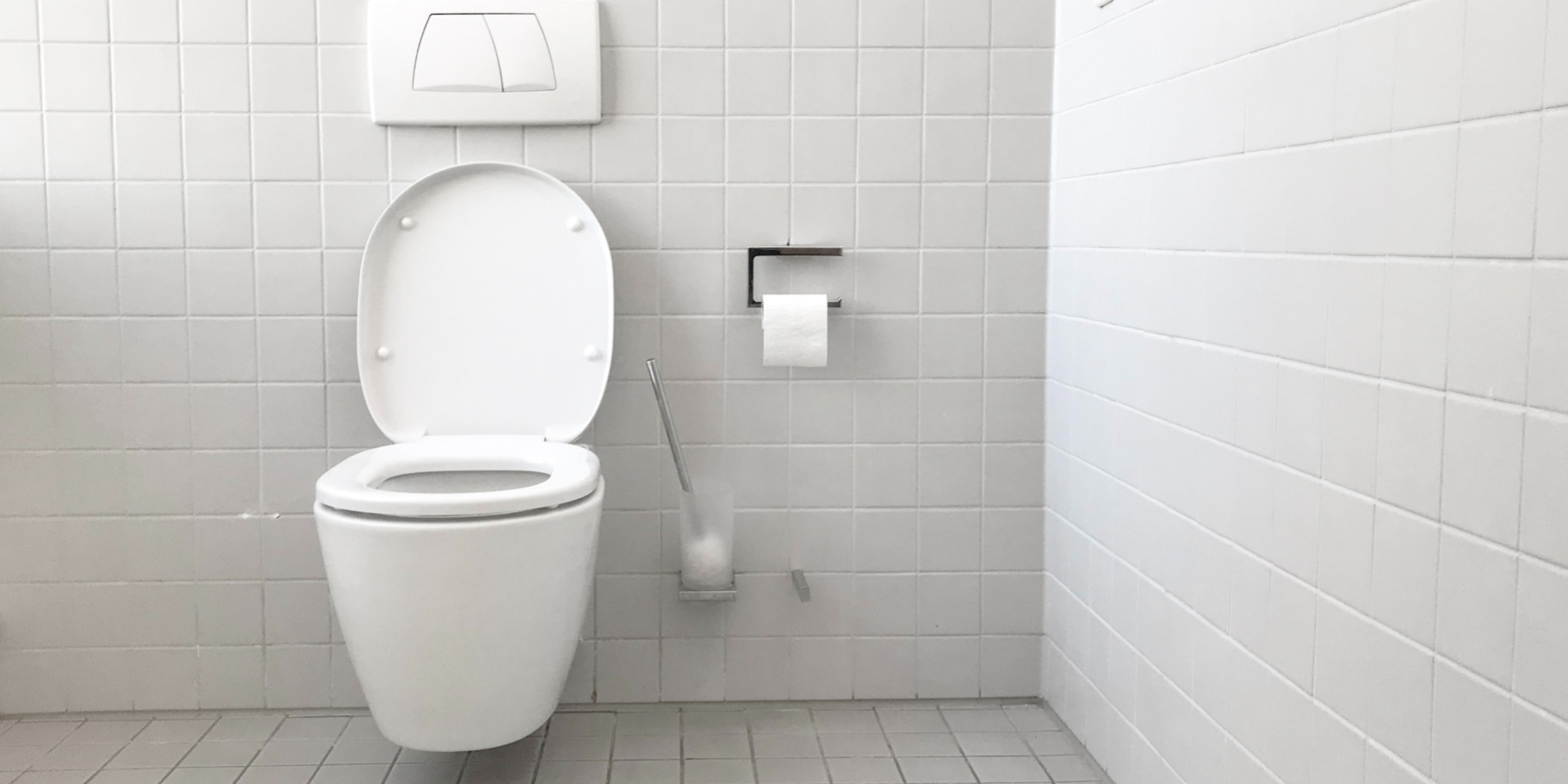Toilet whistling, often characterized by a high-pitched sound resembling a whistle when you flush, can be a perplexing issue for homeowners. This annoying phenomenon may have various causes, and understanding them is essential for effective troubleshooting and repair. In this article, we will delve into the reasons behind toilet whistling.
Valve Problems:
One common cause of toilet whistling is faulty valves. Specifically, the fill valve or flush valve may not be functioning correctly. When these valves are worn out or damaged, they can create a whistle-like sound as water rushes through them during the flushing process. Replacing the affected valve can often resolve this issue.
Water Pressure Issues
In some cases, toilet whistling may be attributed to irregular water pressure. When the water pressure is too high or too low, it can lead to the creation of a whistling sound as water flows through the plumbing system. Installing a pressure regulator or adjusting the existing one can help stabilize water pressure and eliminate the whistling.
Partially Clogged Pipes
Another common reason for toilet whistling is partially clogged pipes or vents. Blockages or obstructions within the plumbing system can cause the water to flow unevenly, resulting in a whistling noise during flushing. Regular maintenance and clearing of pipes can prevent this issue.
Faulty Ballcock Assembly
The ballcock assembly is responsible for controlling the water level in the toilet tank. If this assembly is malfunctioning or damaged, it can create unusual sounds, including whistling, as water enters the tank. Replacing the ballcock assembly may be necessary to rectify the problem.
Inadequate Ventilation
Proper ventilation is crucial for the efficient operation of your plumbing system. Inadequate venting can cause air pressure imbalances within the pipes, leading to a whistling noise. Ensuring that your plumbing vents are clear and functioning correctly is essential to prevent this issue.
Water Supply Line Issues
The water supply line that connects your toilet to the main water source can also be a source of whistling. If this line is partially obstructed or damaged, it can produce a whistling sound as water flows through it. Replacing the supply line can often resolve this issue.
Flapper Problems
The flapper in the toilet tank is responsible for sealing the flush valve. If the flapper is worn out or improperly installed, it can result in water escaping into the bowl, causing turbulence and a whistling sound. Replacing or readjusting the flapper can eliminate this source of noise.
Conclusion
Toilet whistling can be a nuisance, but it is usually a solvable problem once you identify the underlying cause.
By considering issues related to valves, water pressure, pipe obstructions, ballcock assemblies, ventilation, water supply lines, and flappers, you can pinpoint the source of the whistling and take appropriate steps to repair or replace the affected components. Regular maintenance and prompt attention to these issues can help ensure that your toilet operates quietly and efficiently.


